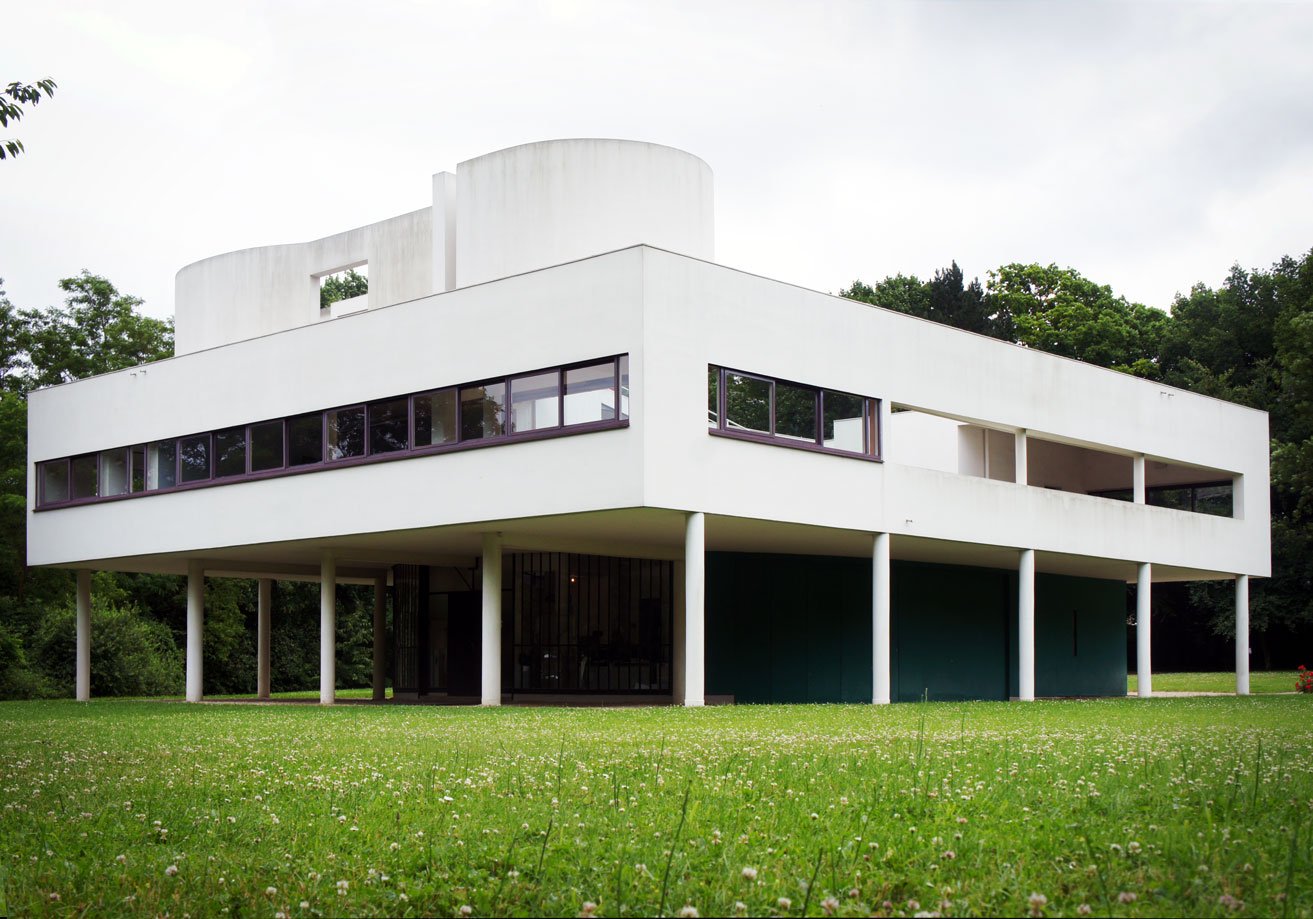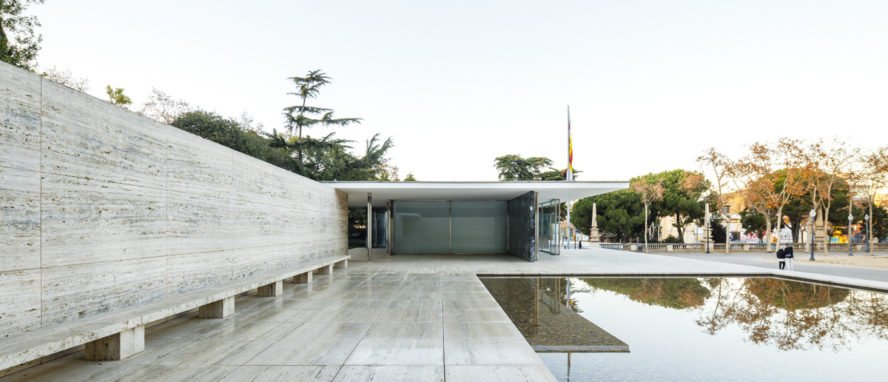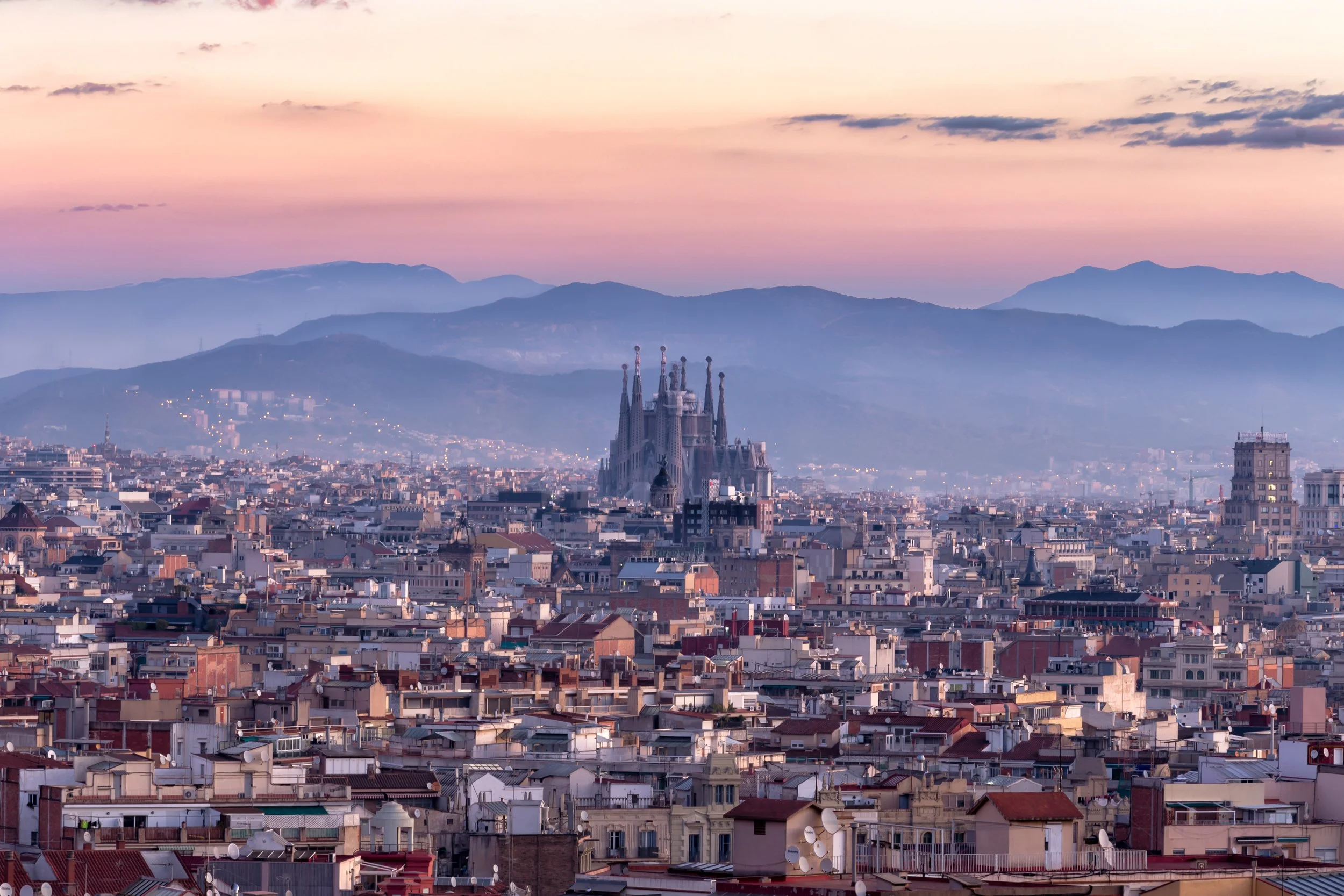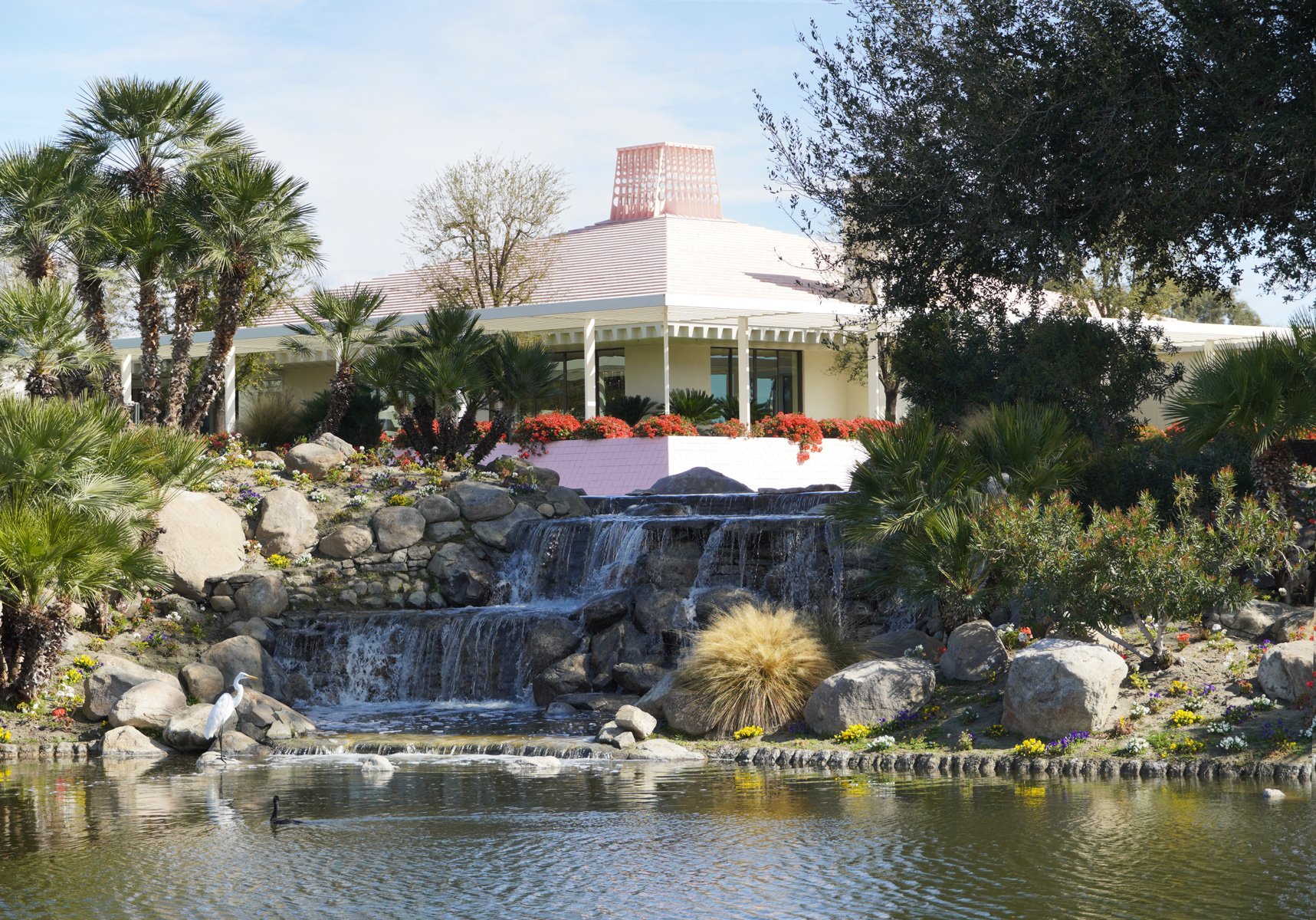A Brief History on the Beginnings of Modern Architecture
There is no clear beginning or singular building that can be marked as the start of modernism in architecture. However, several independent strands of ideas were developing in Europe around the turn of the century (the 1800s-1900s) that show a clear connection to the movement. The buildings that resulted from these ideas could all be strongly associated with the notions of progress, technological advancement, industrialization, and the development of new building materials. Ornamentation and historical detailing on these buildings is often minimized, abstracted, or removed entirely.
Modernism began as a rejection of historical tenants and imitations of past forms. At the time, many buildings were still referencing forms of the past, most notably from the Renaissance. When confidence in Renaissance values began to erode, architects asked why they were imitating the architecture of the past. They began searching for a new language that expressed a more honest reflection of the contemporary world. The slavish adherence to historical forms was slowly abandoned. Instead of looking backward for inspiration, they began to look forward.
European architects such as Adolph Loos, Otto Wagner, Le Corbusier, Mies van der Rohe, Eric Mendelson, and Walter Gropius were early proponents of modern philosophies. American architects such as Louis Sullivan, Philip Johnson, Frank Lloyd Wright, Albert Frey, Irving Gill, Rudolph Schindler, and Richard Neutra worked in the modern idiom throughout the United States. Slowly their work and ideas would infiltrate society, and modernism began to take a strong foothold in architectural circles worldwide.
The Industrial Revolution also played a significant role in the development of modern architecture. How people lived, worked, traveled, and pursued leisure changed dramatically at this time. A new way of life prompted the development of building types that did not have a convention or precedent. Skyscrapers, train stations, airports, factories, and office buildings became ubiquitous in major cities worldwide.
The most significant impact of the industrial revolution was the invention and availability of new materials. Most notable was the development and use of steel in architecture and infrastructure. Steel had many construction and engineering advantages. It allowed architects and engineers to design longer spans, taller structures, and open floor plans. These new materials intrinsically changed how cities looked and became icons representing the modernist architectural aesthetic.
With the Industrial Revolution also came the emergence of new patrons and new concentrations/distributions of wealth. In the eighteenth century, architectural patronage came primarily from the church, government, or aristocracy. These patrons were typically interested in creating buildings that referenced a historical precedent. With the Industrial Revolution came tycoons who captured the wealth of the new economy and could fund new projects of all sorts. These patrons were not tied to religious or governmental conventions. With generous budgets available, they were often willing to experiment with new forms and materials.
Large corporations began to build office buildings for their operations. In many cases, they commissioned architects to design unique buildings that exceeded the heights of surrounding buildings. Their buildings reflected their brand; everyone wanted to be the biggest and best.
New moral and political beliefs about humanity began to take shape. During the 1930s, many people in cities were living in poverty. People began to reject the inhumane conditions of living in these conditions. Architects responded by integrating solutions to these problems in their proposals. Sanitation and health entered the architectural discourse. Master plans for Utopian societies, clusters of housing blocks surrounded by gardens, and massive suburban developments of single-family homes outside the cities came onto the scene.
The World Wars, although devastating, catalyzed the development of many new processes and materials including the production of plastics, composites, metal alloys, and glass. At the end of the war, manufacturers were eager to bring these products to the public markets and try to make a profit.
Soldiers returning home at the end of the war, trying to start new families, would need housing. The housing demand generated an unprecedented building boom. Commissions for single-family homes were abundant. Optimism permeated the air and many clients were willing to experiment with the new materials and forms of the day, resulting in a wide array of unique experimental architecture that pushed the conventional boundaries. The Case Study House Program in Southern California attempted to bring economical modern architecture to the masses. Through the program, many iconic homes were built that have come to define modern American architecture today.
In the late sixties, interest in modern architecture began to wane. Several different movements have come and gone since that point such as post-modernism, brutalism, and deconstructivism; however, non with quite the same gravitas as modernism.
In a sense, we will always be struggling with the battle that the early modernists fought: How do we create architecture that is "of its time" without relying on past forms to shape our buildings? Although many of modernism's underlying theories and philosophies have been deemed outdated, many principles remain valuable in contemporary today.
Please let us know if you notice any errors or inaccuracies in the information. We strive to provide you with the most historically accurate material possible.
References
Modern architecture since 1900 William Curtis - Phaidon - 2013
Architecture of the sun: Los Angeles modernism, 1900-1970 Thomas Hines - Rizzoli – 2010



























Principal and Architect of ROST Architects, Mitchell Rocheleau, discusses the significance of The Grand Louvre designed by Architect I.M. Pei, the history of the Louvre, design process, design theory and ideas behind the project.